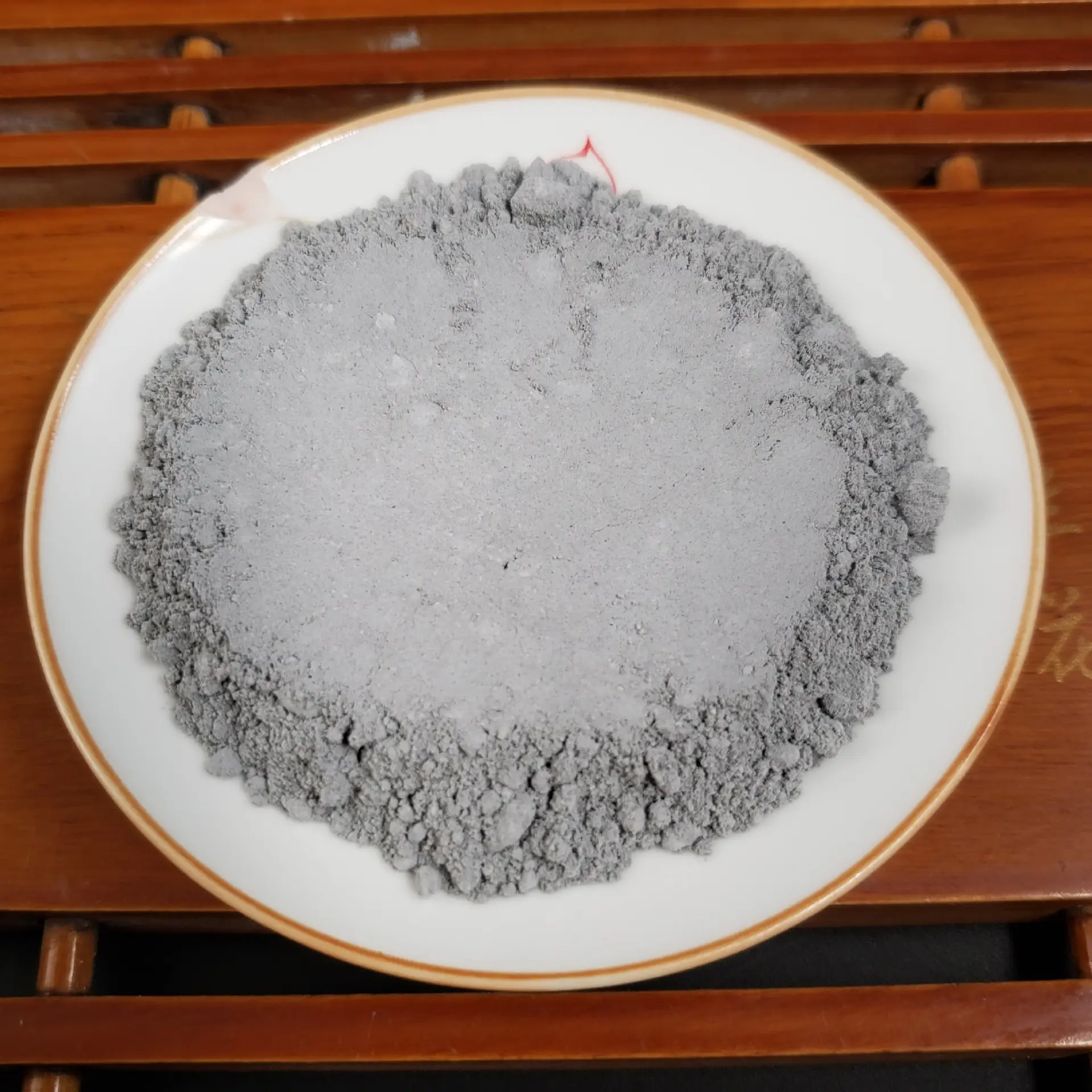
Effective Methods for Using Bentonite to Waterproof Ponds and Enhance Water Retention
Bentonite Waterproofing for Ponds A Natural Solution
Water bodies, whether they are ponds, lakes, or reservoirs, are vital for ecological balance and human utility. However, maintaining a pond’s integrity and preventing water loss can prove to be a significant challenge. One effective and environmentally friendly solution to this issue is bentonite waterproofing.
What is Bentonite?
Bentonite is a naturally occurring clay composed primarily of montmorillonite, a mineral that has remarkable properties. Its ability to swell and absorb water makes it an ideal choice for sealing ponds. When hydrated, bentonite expands to several times its original volume, forming a dense gel that can fill small cracks and voids in the soil, thereby preventing water from seeping away.
Benefits of Using Bentonite for Pond Waterproofing
1. Natural and Non-Toxic One of the primary advantages of bentonite is its eco-friendliness. Unlike synthetic pond liners or chemical sealants, bentonite is a natural material with no harmful effects on aquatic life. It is safe for fish, plants, and other wildlife that depend on the pond ecosystem.
2. Cost-Effective Compared to other waterproofing methods, such as plastic liners or concrete plastering, bentonite is often more affordable. Its application requires fewer materials and labor, resulting in lower overall costs for pond owners.
3. Self-Healing Properties Bentonite’s ability to seal itself makes it particularly valuable. If minor cracks develop in the pond bed, the bentonite will swell and fill these gaps without the need for additional intervention, ensuring long-lasting protection against leaks.
bentonite waterproofing for ponds

4. Versatile Application Bentonite can be applied in various ways depending on the size and condition of the pond. It can be mixed with the soil, spread over the pond area, or used in combination with other materials for enhanced sealing. Regardless of the method chosen, bentonite’s effectiveness remains consistent.
Application Process
The application of bentonite for pond waterproofing is relatively straightforward. Initially, the pond must be drained or at least reduced to a manageable level. The bentonite is then spread evenly over the exposed soil, typically at a rate of 1 to 2 pounds per square foot. It is essential to mix the bentonite well with the soil to ensure comprehensive coverage and effectiveness. Finally, the pond can be refilled with water, allowing the bentonite to hydrate and expand, sealing off any potential leak points.
Maintenance Considerations
While bentonite is known for its durability, regular maintenance is essential. Pond owners should monitor the water level and inspect for any signs of leaks or erosion. If any areas seem to be losing water, additional bentonite can be applied as needed.
Conclusion
Bentonite waterproofing for ponds represents a natural, cost-effective, and efficient solution to one of the common problems faced by pond owners. Its unique properties not only prevent water loss but also promote a healthy aquatic environment. With careful application and periodic maintenance, bentonite can provide lasting results, ensuring that your pond remains a vital and thriving ecosystem for years to come. Whether you are looking to create a new pond or maintain an existing one, incorporating bentonite into your waterproofing strategy is undoubtedly a smart choice.
Share
-
Premium Talcum Powder Enhanced with GPT-4 Turbo | Soft & Long-LastingNewsAug.02,2025
-
Fly Ash Solutions Enhanced by GPT-4 Turbo | Sustainable InnovationNewsAug.01,2025
-
Natural Premium Bentonite Cat Litter - Superior ClumpingNewsJul.31,2025
-
Premium Resin Coated Sand - High Heat Resistance CastingNewsJul.31,2025
-
High Quality Silicon Carbide Grit for Abrasive ApplicationsNewsJul.30,2025
-
High-Quality Ceramsite for Plants & Gardening | Lightweight PebblesNewsJul.29,2025






